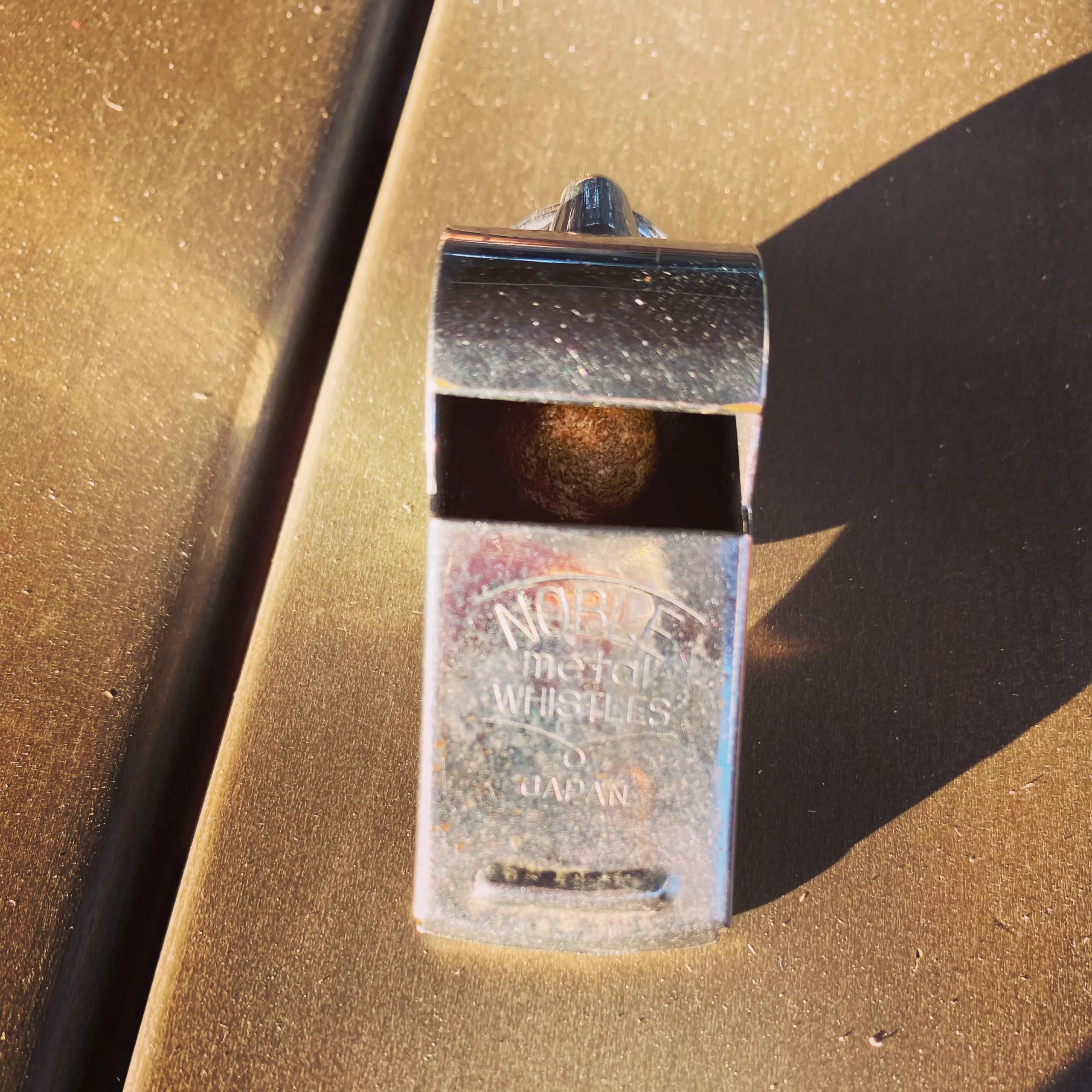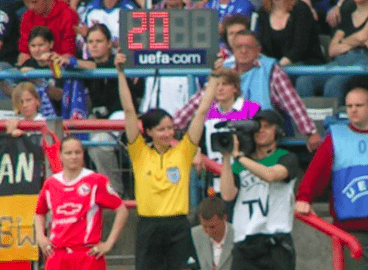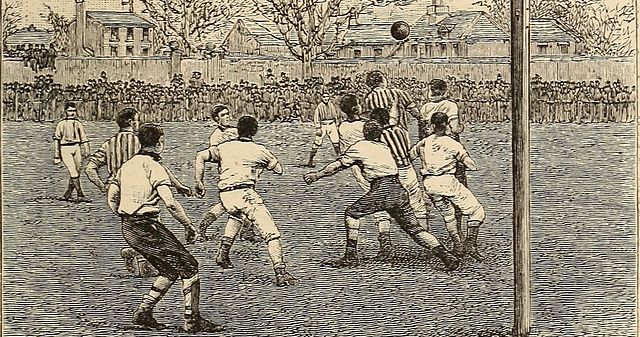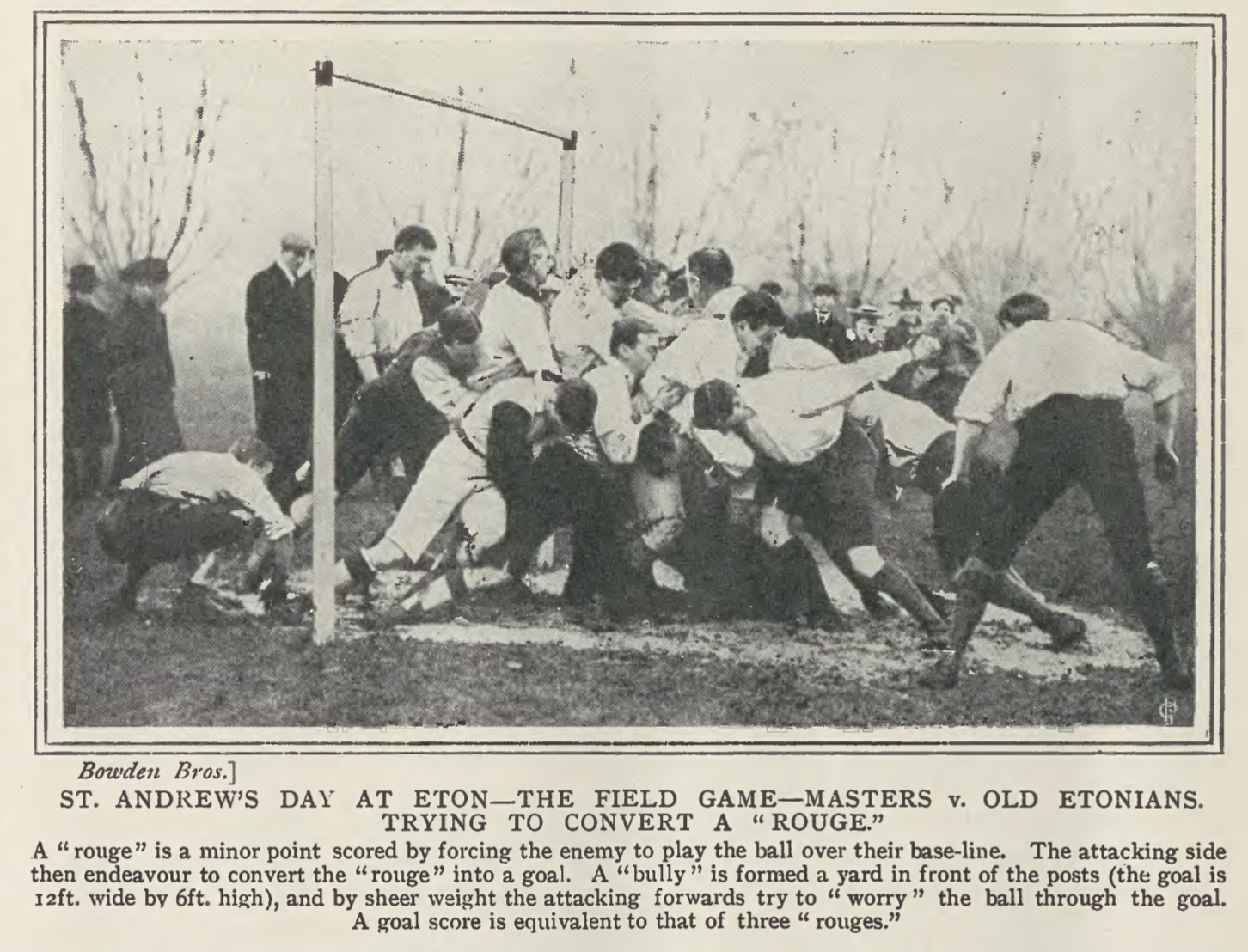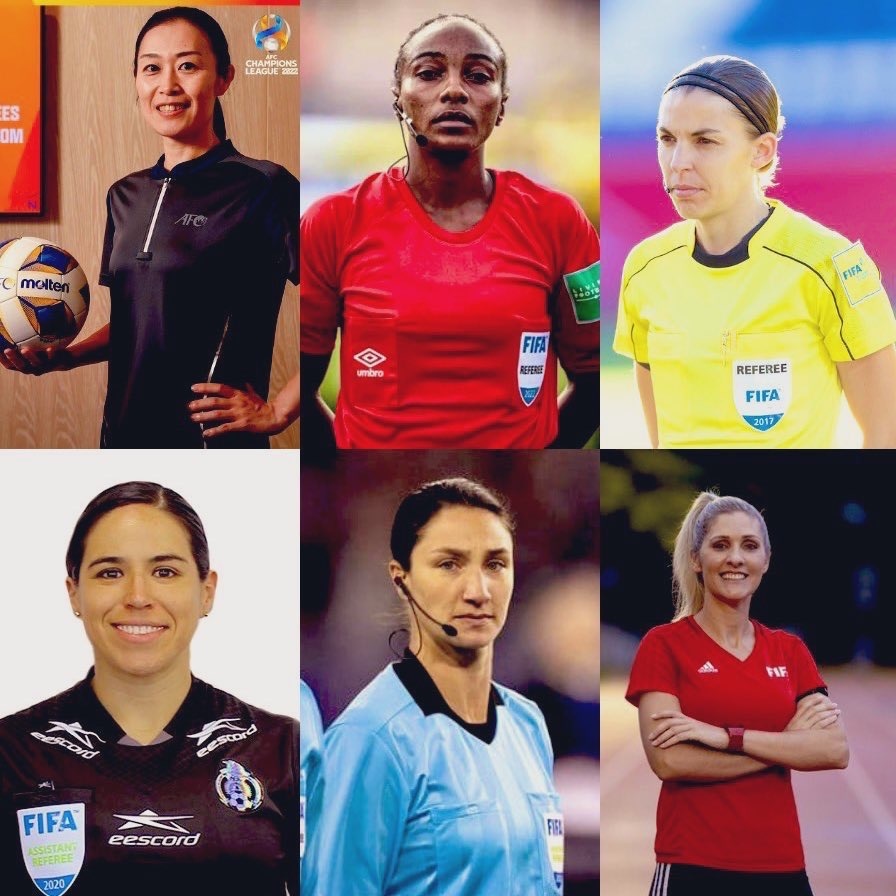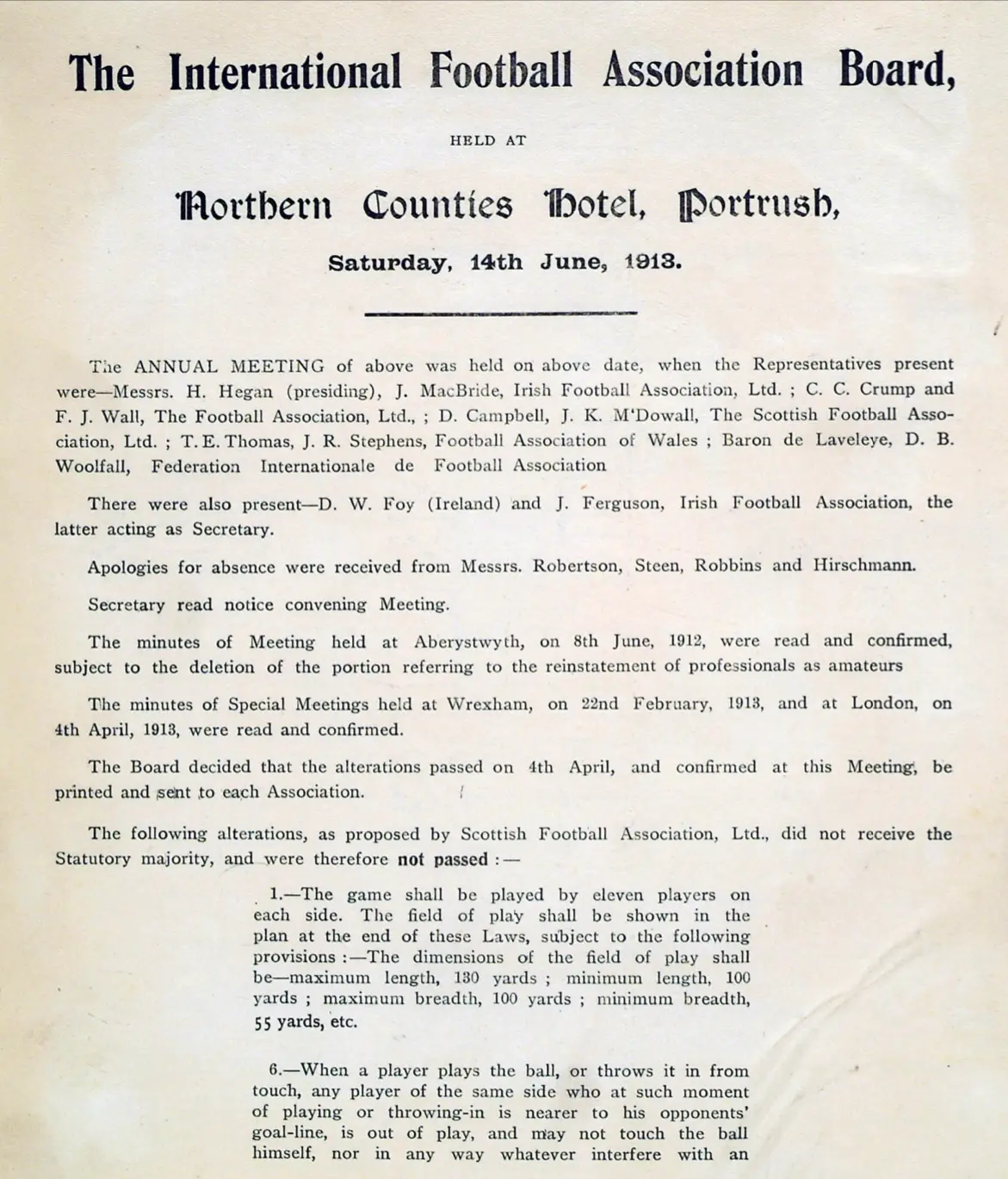Comparison: Rules and regulations from the end of the 1840s
Wikimedia has two mid-19th century football rulebooks online, namely the Laws of Eton Field Game from 1847 and the Rules of Surrey Football Club from 1849. I confine myself to sets of rules for football with little or no handball allowed. A first look – similarities and differences The length of the two sets of rules alone differs considerably, the six Surrey rules being contrasted with over twenty from Eton College. And as significantly as the length differs, so does the content, for only one rule is found in both rulebooks: How to score a goal. And, somehow unsurprisingly, this too differs between the two sets of rules. At Eton College, it was scored in the classical way: Between the goalposts and below a certain height, which was imaginary visible by the height of the posts. In Surrey, on the other hand, the ball must be kicked over the goal rope. Goal measurements are missing from the Surrey rules. Rules of Surrey Football Club of 1849 So the Surrey rulebook was very scarce in 1849. …




